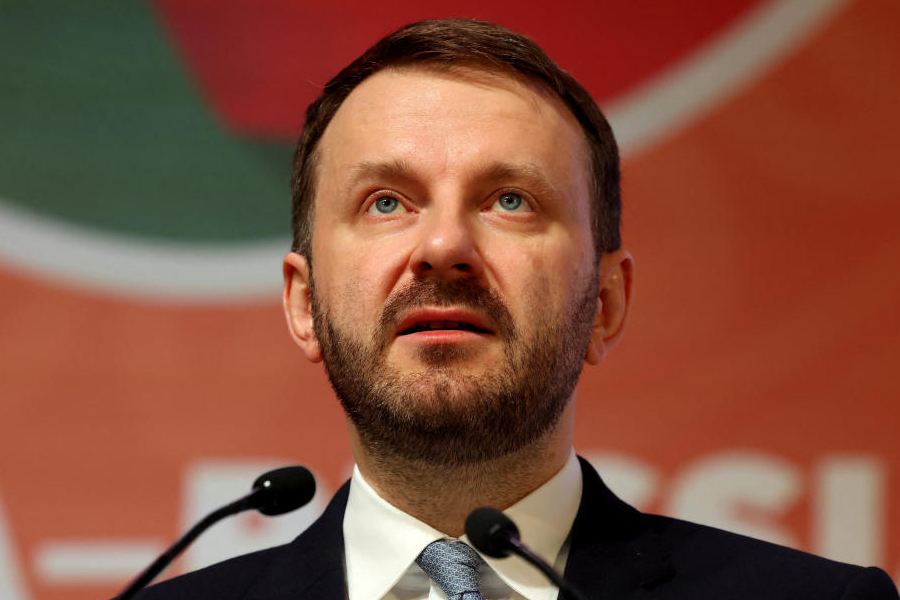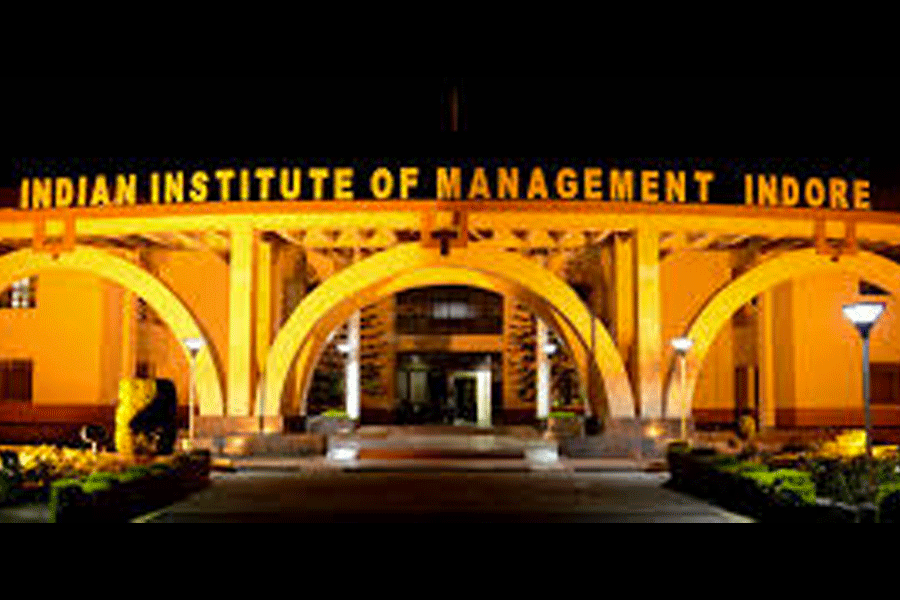The states are expected to rake up the issue of a huge shortfall in GST payments till the first quarter of 2022-23 at the GST Council meet scheduled this month.
The council may not take a call on the rationalisation of tax slabs or address the inverted duty structure on sectors such as textiles, footwear, and fertilisers.
Rather, the issue of compensation is expected to be raised by the states as the 15th Finance Commission has estimated the shortfall in the payout to them will be in the order of Rs 7.1 lakh crore for the period April 2020 to June 2022.
A senior finance ministry official said the council may not take a call on these issues as the model code of conduct was in force because of the assembly polls in five states. Also, the council would like the revenue to stabilise after the pandemic and take an informed decision.
At the upcoming meeting — the dates are yet to be finalised — the GST Council is likely to stick to only administrative matters and discuss the recommendations of various committees, the official added.
Sources said the GST compensation cess fund will not be sufficient to meet the obligation of the Centre to the states. The Council has to decide whether or not to extend the current arrangement to make up the shortfall with debt.
“From our projections of collections from GST compensation cess, it turns out that the compensation cess fund will have an amount of only Rs. 2.25 lakh crore by that time, from the collections of 2020-21 to Q1 2022-23,” the Finance Commission report said.
The Commission indicated “the shortfall in the requirements of compensation till Q1 2022-23 will be met by extending the levy of GST compensation cess till the year 2025-26. In the interim, the transitional requirements of liquidity of the states could be met from borrowings, either by the Union or by the States.”
“We are not including or quantifying the debt implications of the borrowings under the proposals. The fiscal deficit and debt path worked out by us excludes the borrowing that the States may do under any arrangement worked out between them and the Union, consequent upon decisions in the GST Council,” it added.
In October, the GST Council extended the compensation cess beyond June 2022, though it did not specify how long it will continue after the transition period of five years.
The commission has recommended a three-slab structure for GST. The government wants to merge the 12-per-cent- and the 18-per-cent slabs to a middle point of around 15 per cent for long, but has been waiting for the revenue to stabilise.
The Opposition has criticised the Modi government for a complicated GST structure as it has four slabs of 5 per cent, 12 per cent, 18 per cent and 28 per cent. Added to that, the government charges a cess on demerit and luxury products that come under the 28-per-cent-bracket.
Recently, the Commission has recommended merging the 12-per-cent and 18-per-cent slabs. The Commission chaired by N.K. Singh has suggested the rationalisation of the GST into a three-rate structure, comprising a 5 per cent merit rate, the 28-30 per cent de-merit rate and the rate after the merger of the 12-per-cent and 18-per-cent slabs.












